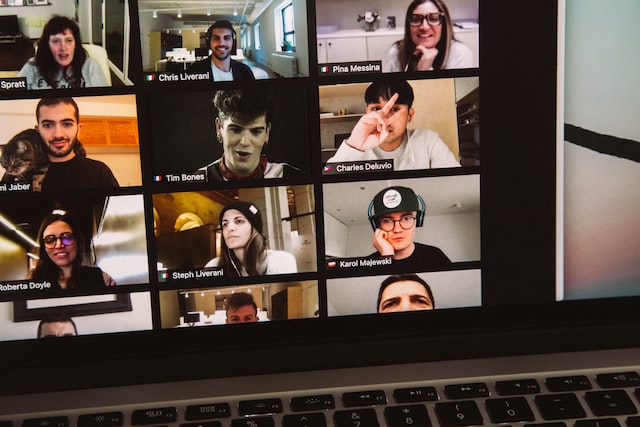As deepfakes become more sophisticated and better quality, they can pose a real threat to your business. For example, they can be used by scammers to impersonate someone your employees trust – such as the company’s CEO or CFO – as a way of getting money or confidential information about your company.
Whilst high-quality deepfakes can be hard to detect, there are some clues to look out for. Here are some of the most common ones:
Skin
- Does the person have more or less wrinkles than you’d expect for their age?
- Are there wrinkles in odd places?
- Do they have hair in unexpected places? Or an odd looking hairline?
Facial expressions
- Do they lack emotion? Or have unnatural facial expressions?
- Is there blurring or misalignment when they move?
- Are there any unnatural eye movements?
- Does their smile look odd? Often AI algorithms can’t generate individual teeth, merging them into one.
Accessories
- If they are wearing glasses, is there too much or too little glare on the glass? Are both frames the same?
- If the person has earrings on, are they the same in both ears? Can you see the piercing in the ear?
- Do the clothes look right? Are they consistent on both sides of the body? Are there any strange creases?
These are just some of the obvious signs to consider, but there are many more subtle ones too.
As the quality of deepfakes increases, they will become harder to detect. However, the more deepfakes you’re exposed to, the easier it becomes to recognise them instinctively. You can test your ability to spot deepfakes with MIT’s “Detect Fakes” project.
